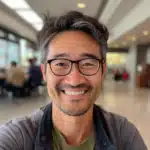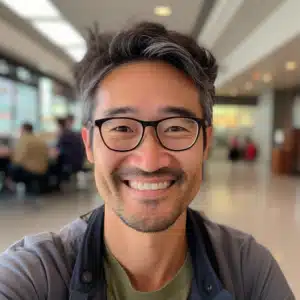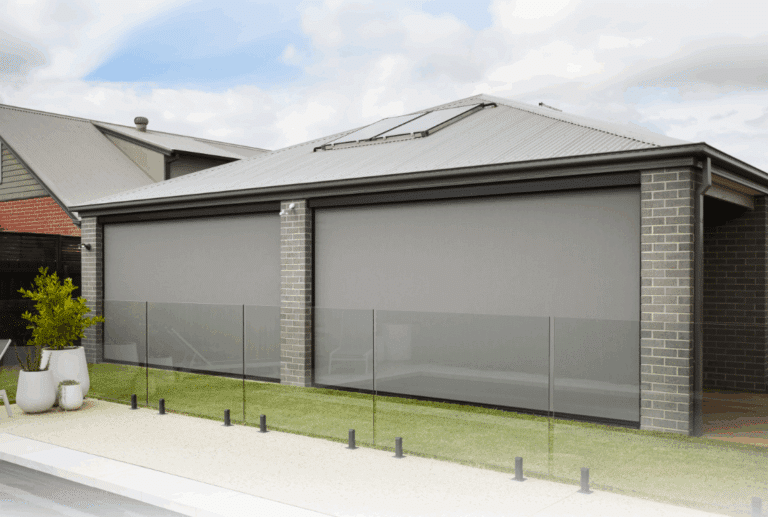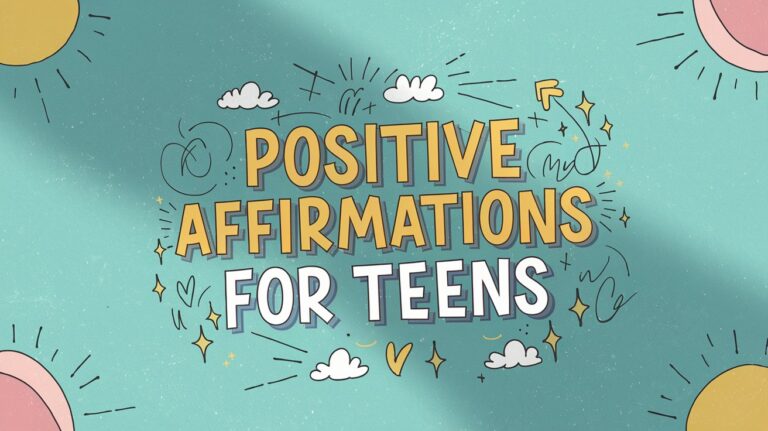In public health, research guides decisions. It gives professionals data to see what works, what doesn’t, and what needs to change. However, even with strong studies, many communities never benefit. The gap between research and practice remains a problem.
This disconnect often exists because research is hard to access, slow to apply, or written in ways that don’t fit daily work. Practitioners may also face limits on time, staff, or funding, making it hard to apply new ideas, even when evidence is clear.
Health education sits at the center. It connects science to people. For educators, researchers, and public health leaders, the challenge is turning knowledge into action. That means finding better ways to teach, communicate, and lead in real settings.
Why Research Often Stays Separate from Practice
Bringing research into practice takes more than printing a report or sharing a link. It involves translating complex findings into something useful for health departments, schools, and community organizations. This process is not always built into academic research timelines. Many studies take years to publish. By the time they do, the need may have changed or the audience may have moved on.
Barriers exist on both sides. Researchers may not be trained to think about application. Practitioners may not have time to dig through dense material. Health workers might also lack the tools or support to use data in day-to-day tasks.
Some graduate programs are stepping in to help close this gap. Instead of focusing only on academic theory, they train professionals to lead projects, manage public health efforts, and apply research in the field. One such example is the Doctor of Public Health (DrPH) degree, which focuses on public health leadership and applied practice.
Many professionals looking to lead this kind of applied work enroll in DrPH programs, which are designed to blend research understanding with real-world implementation and community impact. These programs teach students how to read and apply evidence, manage teams, and work across agencies. The goal is not just to study problems, but to solve them.
This kind of training prepares leaders to translate knowledge into policy, campaigns, or services that actually reach people. It also helps professionals move between roles in government, nonprofits, and healthcare systems with confidence and a practice-first mindset.
The Role of Health Educators in Applying Research
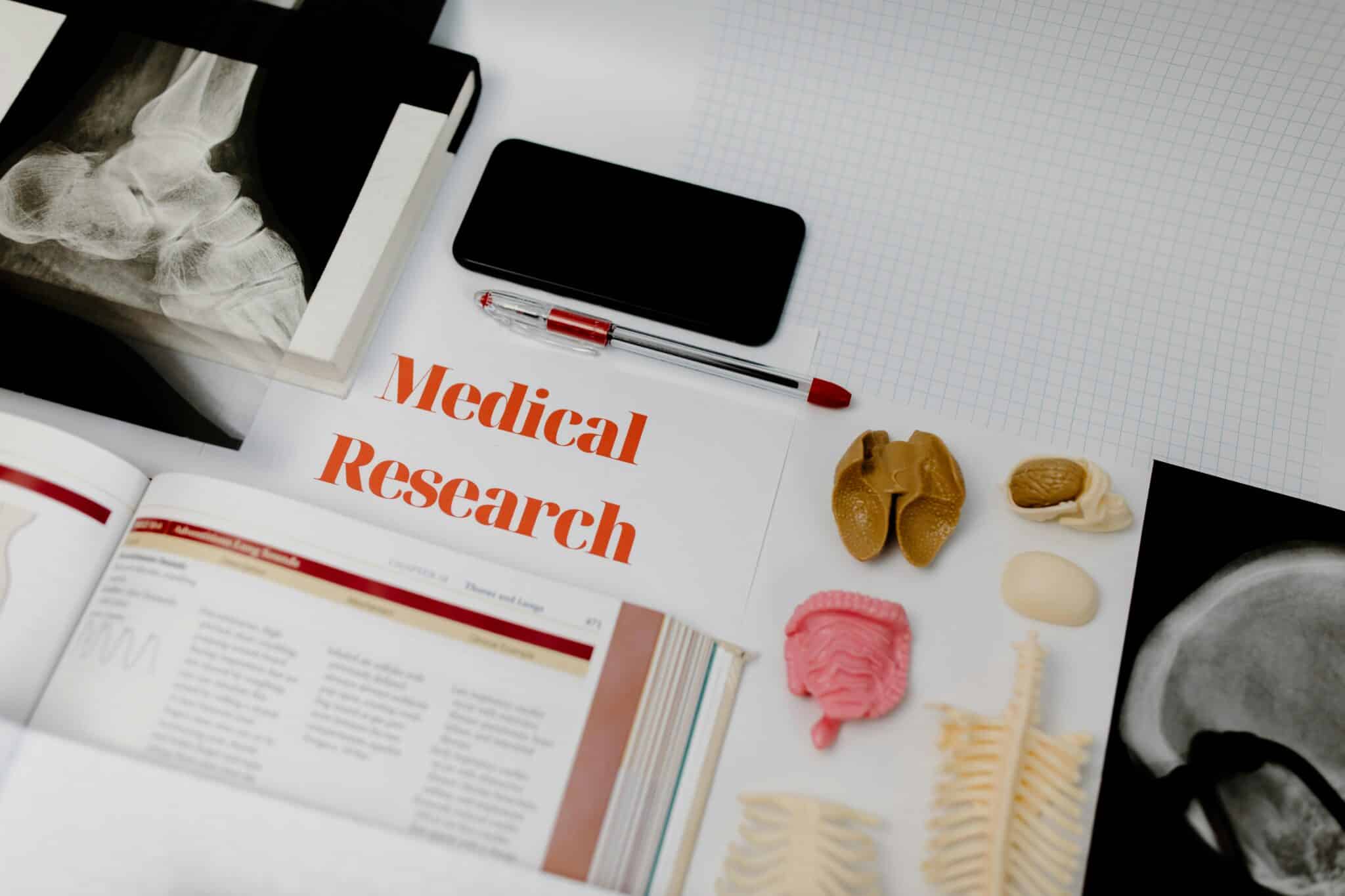
This role takes more than just reading data. It requires strong communication skills, cultural awareness, and a deep understanding of the audience. A health educator must explain risks, share options, and guide action—all in ways that feel useful and clear.
In practice, this might look like teaching parents about childhood nutrition, helping teens understand mental health, or supporting older adults in managing chronic conditions. Each setting is different, and the educator must adapt the message while staying true to the science behind it.
Making Public Health Education More Practical
To prepare professionals for this work, many public health education programs are shifting their focus. Classroom theory is still important, but real-world application is taking a larger role. More programs now include hands-on learning, group projects, and field placements that reflect the work students will be doing.
These experiences help students learn how to apply theory in settings like schools, clinics, or nonprofit groups. They also build confidence and show the value of practical decision-making. Instructors often use case studies and problem-solving exercises to help students think beyond the classroom.
Some programs also offer community-based learning, where students collaborate with local groups. These partnerships give students a chance to work with real people and learn what public health challenges look like outside of textbooks. This kind of preparation is key for those who want to lead change, not just study it.
Translating Data into Everyday Impact
One of the most valuable skills in public health today is knowing how to turn complex data into useful action. This involves breaking down statistics, explaining patterns, and using that information to support programs that help people live healthier lives.
For example, if research shows rising diabetes rates in a city, professionals must ask: Why is it happening? What can be done? How do we communicate the issue to the community without causing fear or confusion?
This process takes practice. It also takes trust. Communities need to believe that the message is relevant and that the solutions will work for them. That’s why effective communication, grounded in real data, is essential.
Developing Leaders Who Understand Both Sides
Public health needs leaders who are comfortable working with data and people. They must be able to manage projects, speak to stakeholders, and still connect with the communities they serve. It’s a balancing act that requires technical knowledge, emotional intelligence, and clear priorities.
These leaders are often called to make tough decisions. They may guide responses to outbreaks, coordinate outreach campaigns, or manage limited resources. In these moments, the ability to apply research in practical ways is what shapes outcomes.
Leadership in public health isn’t just about titles. It’s about action. The most effective professionals know how to learn, lead, and listen—all at the same time.
Closing the gap between research and practice is one of the biggest challenges in public health. It takes training, trust, and professionals who know how to bring ideas to life. Through stronger education and more applied learning, the next generation of public health leaders can make a real, lasting impact—one project, one policy, and one person at a time.
As the field evolves, education must keep up with real-world needs. Programs that focus on implementation, communication, and leadership are giving students the tools to act on what they learn. When public health education prepares people to do more than analyze problems—when it prepares them to solve them—communities benefit in real and measurable ways.

